Chapter 5: "Use Me But Be Gentle"
Some details, ideas, and
musings I've had experiencing effective RPGs and RPG Makers
© March Written by David Wicker
Please do
not reprint without permission
Okay we're up to 5 chapters now and going strong !
Today I wanted to focus on items. Not just consumable ones but magic, abilities, and spells.
I also wanted to touch on some unique ideas that Squaresoft had years ago of consumable weapons and armor, definitely non-standard by today's measure.
Let's begin with that. Final Fantasy Legend 1, 2, and 3 for the Gameboy had a unique way of ensuring the player would need to buy a steady supply of weapons and armor.
Each weapon or armor would start out at a 2-digit number for the number of uses you could have. For instance, the player could be equipped with the "Broad Sword." It starts out at 60-uses.
But every time it connects with an enemy, a single use goes down. Quite simply, you can only swing it 60-times and after that it vanishes. As combat always requires a weapon, if you have none, one of a few things could happen.
You could use your shield to block an attack or cast a spell. If your luck is very bad and you have NO spare weapons, armor, or spells, the game would HANG not letting you continue combat any further as Final Fantasy Legend requires you to use an item during combat.
So it is not uncommon to equip one of your 4-players with 2-weapons. When one goes out then you have the spare, and you are encouraged to buy another at earliest convenience.
But Final Fantasy Legend would also only allow each player to carry no more than =8= items !
While you have a backpack that could also carry up to 8-items, you were only permitted to use items carried by your players when in combat, and those item slots could be reserved for spells.
If that player is a magic-user or "Mutant" for instance, the bottom 4-slots of their inventory is reserved for spells and abilities only - therefore letting that player only carry and equip up to 4-items !
This is not a good approach for modern RPGs I believe. While I don't think the reverse is so great, where the player can carry up to 99 items of any particular item, therefore letting the player ultimately carry thousands of items, the limitation to 8 is still not the most realistic approach.
No, early RPGs at the dawn of the computer era would let you carry items, yes, but gave them an "encumbrance" factor. That is "weight." So while you might be able to carry a whole bunch of healing potions that cost only 1 encumbrance. If you came across a treasure trove of steel-plated armors, you could only carry a few at a time as the encumbrance for each of these is 10.
Other games would not only give you an encumbrance for items carried but money as well. Meaning, you couldn't carry too much money if your player was weak.
Odyssey The Complete Adventure for the APPLE ][ is a good example of this. We tend not to think of these things when playing a game.
Other simpler adventure games would use a single icon to represent an item, weapon, armor, or ability/spell. The disadvantage with this is you could only carry one of each item as a single item was represented by a single icon. It makes for a pretty display but not so usable as each items exists only once.
LAGOON for the SNES is a good example of this.
While there might be 3-potion types, one to heal 25% max hits of player, one for 50%, and the last for 75%, you are =STILL= limited to carrying only one of each type. Ultimately 3 potions only.
So what is a good balance ?
Today, like most RPGs, you are limited to carrying a maximum of 99 of any single object and you can carry any number of them. While this may not at all be realistic or smack of any authenticity, it is indeed convenient for the player in a game to not have to worry about carrying too many items or what the items are or their types.
Suffice it to say, years ago, RPGs and adventure games had very strict rules about carrying items and rules of combat. If you didn't adhere to these rules and limitations you could well end your adventure long before it even got started in just the first few minutes of play !
Today RPGs are much more forgiving. You have to travel a long ways indeed in them to prematurely end your quest, and even then there will be signposts and notices along the way, warning the player of what NOT to do - that which would hamper their adventure.
When building your own RPG, why not us the best of both worlds for items ? Have a graphic icon to represent the item/ weapon/ armor/ clothing/ spell/ ability itself, but also allow the player to have up to a maximum of 99 of them, leaving a comfortable 2-character space for digits directly beside the graphic icon.
Don't worry about wear and tear on weapons (unless you are going for high authenticity), so while weapons and armor can indeed last forever, you might up the PRICE of the better ones since you have already decided to make armor and weapons that cannot be ever worn down.
Standard items should be consumable, that is, if you had 99 healing potions, you quaff one, you have 98 remaining. If at 99 you try to buy more potions, the vendor could say, "I'm sorry, but you don't have room for any more."
Spells are in their own category. While the player could have a great number of spells, in order to cast any of these, they would TAKE a number of points from the player's maximum number of magic points. For instance, at level 1, the player could have 5-maximum magic points.
They wander into the wilderness. Fight some monsters. Use a fireball spell in one combat costing 2-magic points. Then later heal themselves with a healing spell costing 3-magic points. Now the player has NO magic points and must either use a consumable item to recover these lost points or find an INN or other such place to rest and recover the player.
Offhand I can't think of any turn-based RPGs that allow the player to have an infinite number of uses for any spells or abilities. These are special items indeed that must be EARNED either through purchasing new spells, like Final Fantasy, or they are learned automatically, like Dragon Warrior. They both use up magic points and because of this, the player must shrewdly decide to use their abilities or not.
And all are consumable, they always use magic points, if enough are available for that particular casting.
. . .
We've talked a little of consumable items and non-consumable items, let's focus now on items that have no use at all but can be SOLD for money. Face it, it's a little boring to whack monsters left and right and somehow even without opposing thumbs on your opponents they are somehow carrying bags of gold coins just for you to acquire.
It's not very realistic. Modern RPGs and adventure games today now take into account "what's left" after you defeat a critter.
Let's say, for instance, you are in an arctic climate. You are set upon by "Dire Wolves." In defeating them, one possible treasure you could give the player could be "pelts." Fur that could be sold back at a store for a reasonable price and that could be used to buy items and/or more powerful weapons and armor.
The player could travel further and come across "Ice Lobsters" or something and the treasure from THEM could be "Ice Claws." Serves no useful function at all to the player but can be sold back at a store for a price as they are a food delicacy in a kitchen.
Consider then the "treasures" an attacker could release. If for instance the player was attacked by a thief, then the treasures might contain a usable weapon or two in addition to possible gold coins. As they are humanoid and capable of carrying these items.
Always consider your attacker. Don't just fix a number of Gold Pieces that they are always carrying when defeated, no, be creative and have a treasure that matches the type of opponent they are.
Slime monsters could release rare, "Golden Jelly."
Skeletons could release rare, "Spindly Bones."
Dragons could release rare, "Dragon Scales."
etc.
Use your imagination. Words and descriptions of items cost so very little in a RPG but they add that much more color and luster to the game. Consider having a description available for every single possible item that could be found. And don't limit the player to be forced to only be able to carry just a few items, and if you want to do the math, consider real encumbrance for the players ...
You are also at liberty to have certain towns or cities pay different amounts for the "bling" you get from opponents. That would make for a more immersive game at the cost of the player's sanity to find and memorize the particular towns that pay the best prices for these buy-back items.
Alright, now another important idea behind items that can be readied and equipped are two different methods. The first, most common, is to allow weapons and armor to appear directly in a player's inventory if they are not equipped.
7th Saga for the SNES had a clever method to get around this. Because of limited item space, they did not want weapons and armor to needlessly clutter the inventory, so what they did is simple.
If and when you bought a weapon, and it was deemed more powerful than what you were already equipped with, it would take into account the BUY BACK PRICE of your existing weapon and calculate that with the cost of the new weapon - and equip it on you once purchased.
Let's see this in action.
You earlier bought some LEATHER armor for 50 gold pieces. It was equipped automatically.
You want to buy CHAINMAIL armor for 100 gold pieces now.
You see the vendor, he says he can buy back the LEATHER armor for 25 gold pieces and let you purchase the CHAINMAIL armor for 100 gold pieces, which calculates to an actual purchase price of 75 gold pieces. So if you agree to the transaction:
[1] You are charged the new purchase armor amount minus half the existing buy back amount
[1] Your existing armor is removed
[2] You are given the new armor
[3] The new armor is automatically equipped
[4] Done !
The advantage of this to the player is clear. You need not fuss with weapons and armor cluttering your inventory and you are guaranteed to have the best weapons and armor at all times.
In S2, it gets even simpler. There is no mention of what KIND of sword or armor you have, they are merely given a value from 0-20. Twenty being the highest possible value, and instead of buying back and selling armor, the player goes to a FORGE where their existing weapon is forged into a stronger one. Armor, too - at an increasing cost, of course.
Now some RPGs balance this. They let you manually purchase armor and weapons telling you if in fact they are greater and more powerful than what you are currently wearing and wielding. But it is up to YOU to change out your armor and weapons manually after the purchase.
To assist in this, most modern RPGs now have a button marked, "OPTIMIZE" which when selected for a player will automatically strip them of all weapons and armor and then re-equip them automatically with the very best available in existing inventory.
It's not as elegant as the merchant working only with your "equipped" field, but it does give you greater flexibility as it might be possible some armor that fits one player could fit another.
Using the method where only the "equipped" slot changes, would encourage different armor types for different players, thereby requiring the player to find better armor unique to all their players. That's not so complex for the programmer but it might be tedious for the player as, let's say there are 2 players in the game. How might this work ?
One is a strong male fighter, the other is a willowy female archer.
So the armor for the female might fall in the line of, "Leaf Dress," "Leather Skirt," and "Quartz Gown."
While the armor for the male might be, "Leather Breeches," "Chainmail Torso," and "Full Steel Plate."
It might make for some colorful descriptions of your players, but most players I think would prefer to have armor that is inexpensive and can be shared between one or more player types - "hand me down" - without having to change the name or description directly each time.
It is something to consider though.
. . .
Next week we'll go over the chapter, "What Did You Say ?" covering the importance of what NPCs and other important characters tell you in conversation in the game, the importance of it, and a way to retrieve what was earlier spoken.
Until next time ...



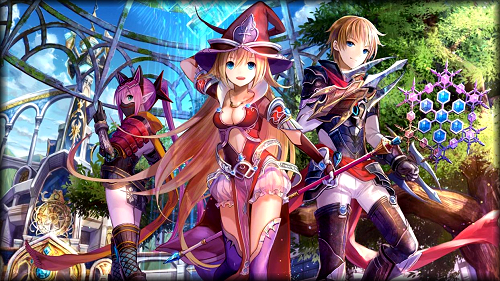
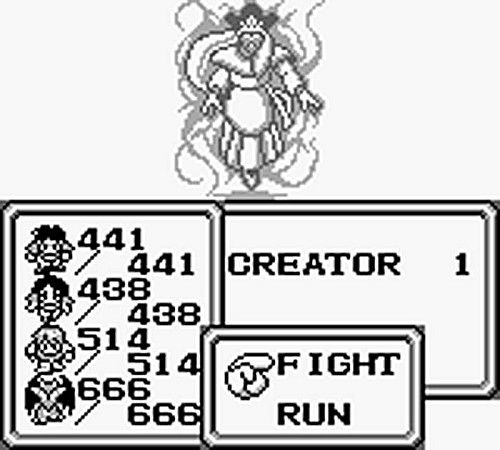
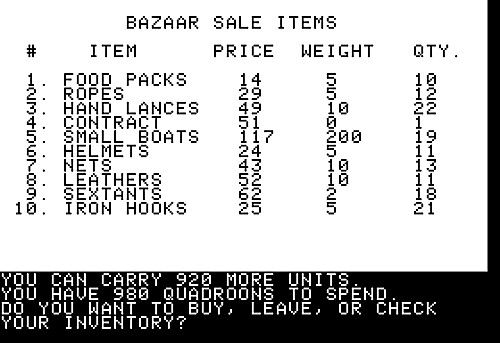
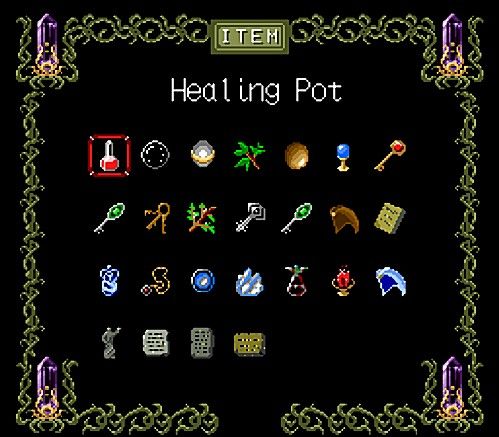

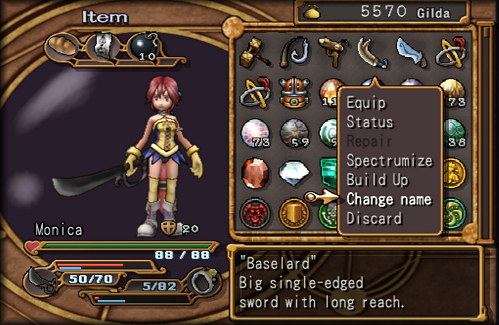
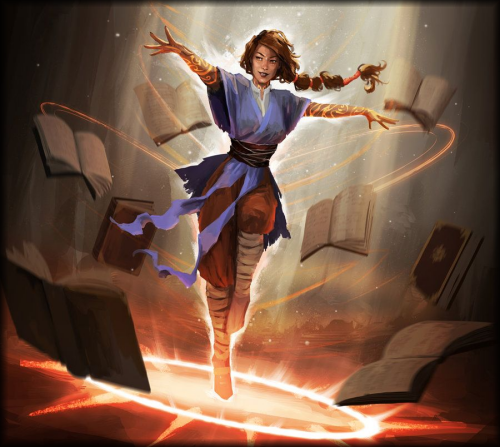

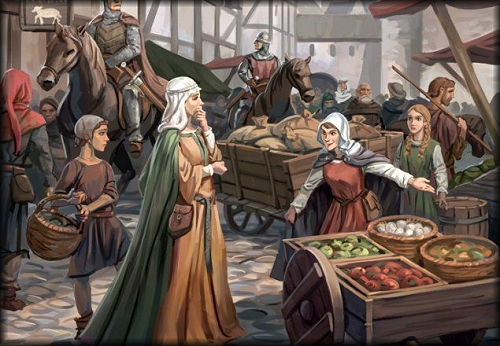
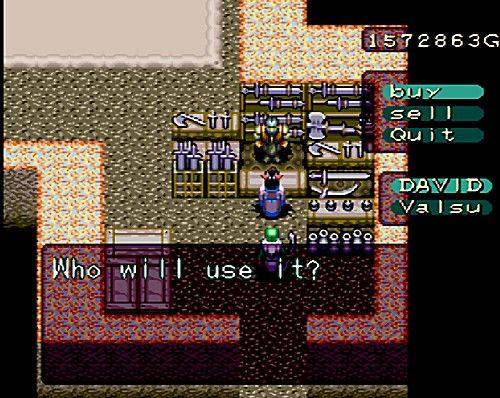
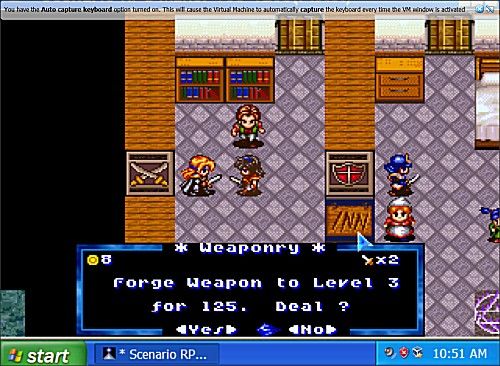
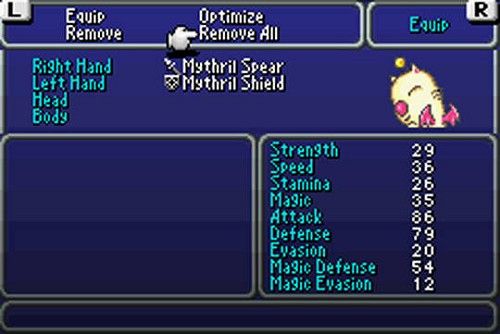
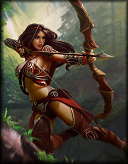

 Flag Writing
Flag Writing